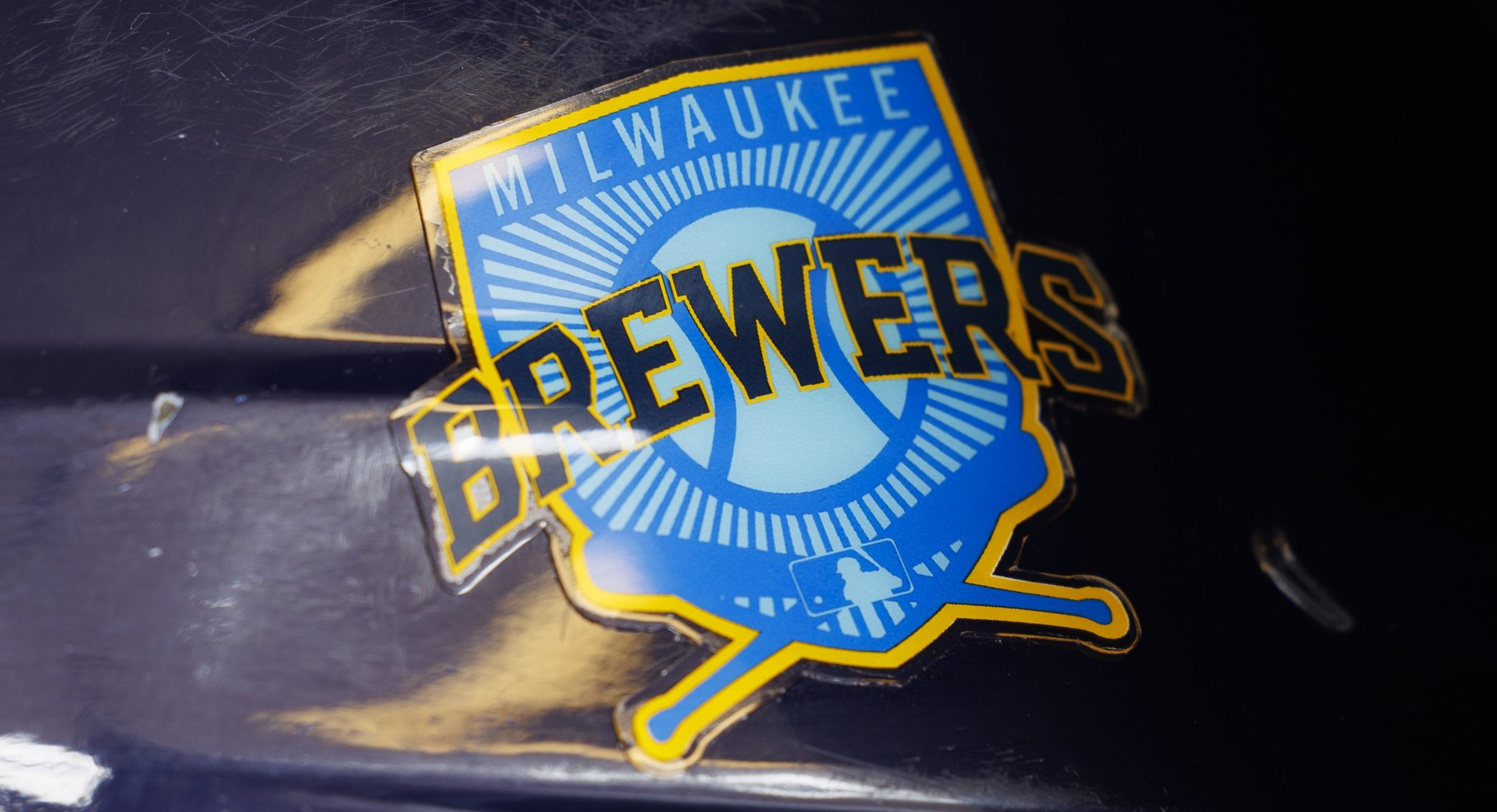Like many Snapchat photos, Snap Inc.’s stock gains disappeared Tuesday. The company’s stock had rebounded from a low of $11.83 in August following their IPO to $15.12 by close of the NYSE at 4 p.m. Eastern Tuesday, but fell 20 per cent and eventually settled around $12.58, a drop of 17 per cent, by 6:30 p.m. Eastern. That plummet came thanks to a third-quarter earnings report that revealed low growth and revenues well below analyst projections.
Natalie Jarvey of The Hollywood Reporter has more details:
Snapchat has struggled over the last year to continue to grow its user base at the same clip as its early years. During the third quarter, it added just 4.5 million daily active users, down from its 7 million DAU additions last quarter. In the third quarter of 2016, its user growth rate was at 48 percent. A year later, that rate had dropped to 18 percent.
The company’s stock plunged nearly 20 percent (eventually settling down about 16 percent) on Tuesday on the user growth slowdown and much lower quarterly revenue than expected.
Snap brought in $208 million in revenue during the quarter, up 62 percent from the same period last year but significantly less than the $237 million that Wall Street was expecting. It also reported a net loss of 36 cents per share, wider than the loss of 32 cents per share that analysts were anticipating.
Snap CEO Evan Spiegel (if you want to read quite the story about how he and co-founder Bobby Murphy fought to exclude third founder Reggie Brown and eventually paid him $158 million to drop a lawsuit, that’s here) tried to put the best possible spin on this in prepared remarks, saying that the revenue slowdown was thanks to a shift to automated advertising they expect to pay long-term dividends. But he also talked about a major redesign they’re working on, saying they want to make it more intuitive to add more new users:
“One thing that we have heard over the years is that Snapchat is difficult to understand or hard to use, and our team has been working on responding to this feedback,” Spiegel said in a series of prepared remarks released as part of Snap Inc.’s third quarter earnings report. “There is a strong likelihood that the redesign of our application will be disruptive to our business in the short term, and we don’t yet know how the behavior of our community will change when they begin to use our updated application. We’re willing to take that risk for what we believe are substantial long-term benefits to our business.”
As Gizmodo’s Harrison Weber notes, though, the risks involved with that redesign are substantial, as barrier-to-entry was a feature rather than a bug for many Snapchat users:
[T]hat was the point. Snapchat took off, in part, because it was like a secret you could learn; the weird design functioned as a “keep out” sign for older users, and it fed into the app’s image as networks like Facebook grew older and decidedly less cool. But any major change could push away some of Snap’s 178 million daily users—users Snap can’t afford to lose if it’s only going to grow by a few million users every three months.
And plenty of the plans for the redesign seem to involve making Snapchat more friendly for publishers and advertisers, such as making Snapchat-created and partner-created content Discover content more visible. That may lead to further user pushback. And while their plans to give creators more monetization opportunities may encourage creators to stick with the app instead of pivoting to Instagram or some other rival platform, they may also drive away viewers who weren’t looking for a bunch of ads.
That’s to say nothing of the $39.9 million write-down Snap took on its Spectacles, wearable glasses that take photos and upload them to Snapchat. (Breaking news; two years after Google Glass became “the Edsel of Silicon Valley,” most people still aren’t in love with the idea of expensive smart glasses.) So there are plenty of issues ahead for Snap, and they’re not all going to disappear.
[The Hollywood Reporter; photo from Vanity Fair]







